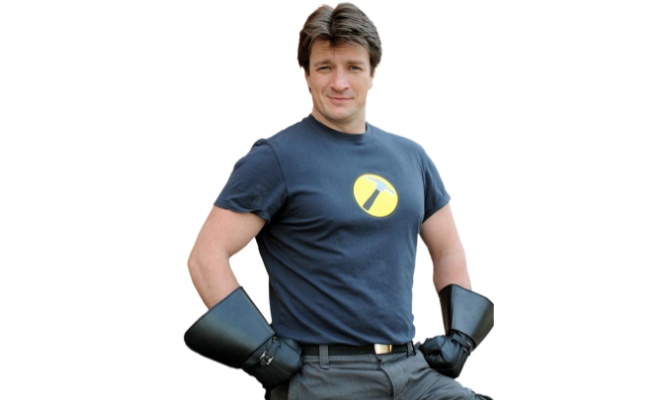 When you’re writing any piece for someone else to read, the narrative voice you use to convey your information can make or break you. Also known as the tone, how you say something is just as important as what you are trying to convey. For example, you wouldn’t crack jokes on a website for funeral home services.
When you’re writing any piece for someone else to read, the narrative voice you use to convey your information can make or break you. Also known as the tone, how you say something is just as important as what you are trying to convey. For example, you wouldn’t crack jokes on a website for funeral home services.
Knowing your reader and being able to predict what their expectations are can help a lot as you prepare your manuscript. A middle grade contemporary novel about a 13-year-old girl is going to sound a lot different than an adult science fiction novel. But even within genre, there’s a lot of room for creativity.
Take, for instance, these two Young Adult tales of survival, The Hunger Games and Beauty Queens. Both have female protagonists fighting for their lives. But the tone of each novel is completely different, setting the reader up for a unique experience in each case.
First 128 words of The Hunger Games by Suzanne Collins
When I wake up, the other side of the bed is cold. My fingers stretch out, seeking Prim’s warmth but finding only the rough canvas cover of the mattress. She must have had bad dreams and climbed in with our mother. Of course, she did. This is the day of the reaping.
I prop myself up on one elbow. There’s enough light in the bedroom to see them. My little sister, Prim, curled up on her side, cocooned in my mother’s body, their cheeks pressed together. In sleep, my mother looks younger, still worn but not so beaten-down. Prim’s face is as fresh as a raindrop, as lovely as the primrose for which she was named. My mother was very beautiful once, too. Or so they tell me.
First 172 words of Beauty Queens by Libba Bray
“Are you all right?”
The voice was tinny in Adina’s ears. Her head ached, and she was wet. She remembered the plane pitching and falling, the smoke and screams, the panic, and then nothing.
“Am I dead?” she asked the face looming over hers. The face had apple cheeks and was framed by a halo of glossy black curls.
“No.”
“Are you dead?” Adina asked warily.
The face above her shook from side to side, and then burst into tears. Adina relaxed, reasoning that she had to be alive, unless the afterlife was a lot more bipolar than she’d been led to believe. She pulled herself to a sitting position and waited for the wooziness to subside. A gash on her knee was caked in dried blood. Another on her arm still seeped. Her dress was ripped and slightly scorched and she wore only one shoe. It was one half of her best pair, and in her state of shock, finding the other became important. “Can you help me find my shoe?”
The easiest way to identify the voice in each of these excerpts is through the details that the author chooses to focus on. In The Hunger Games, the narrator (Katniss) talks about the cold, the rough mattress, the one room that she and her mother and sister share. The telling detail involves her mother, though. The disillusionment as she describes her mother shows that life has been hard for longer than Katniss can remember, and that she might not believe it could ever be better than it is. All these details are important as the story unfolds and we learn what trials Katniss has to face.
In Beauty Queens, the narrative voice (a close third-person limited) shows Adina waking up after a disastrous plane crash, and focusing on the apple cheeks, glossy hair, clothes, and bipolar-ish emotional responses of her companion. The choices are ironic, to say the least, which is just what Libba Bray was going for in this work of satire.
There are so many variables that play into narrative voice. Word choice, details, cadence, pacing–all these things work together to create the tone of the narrative, informing by the way that they either align with the reader’s expectations or subvert them in order to call attention to something important. Hitting on your unique voice for the story you are trying to tell may seem like shooting at a moving target in a dark room. It takes practice, but when you get it just right, it’s worth it.








